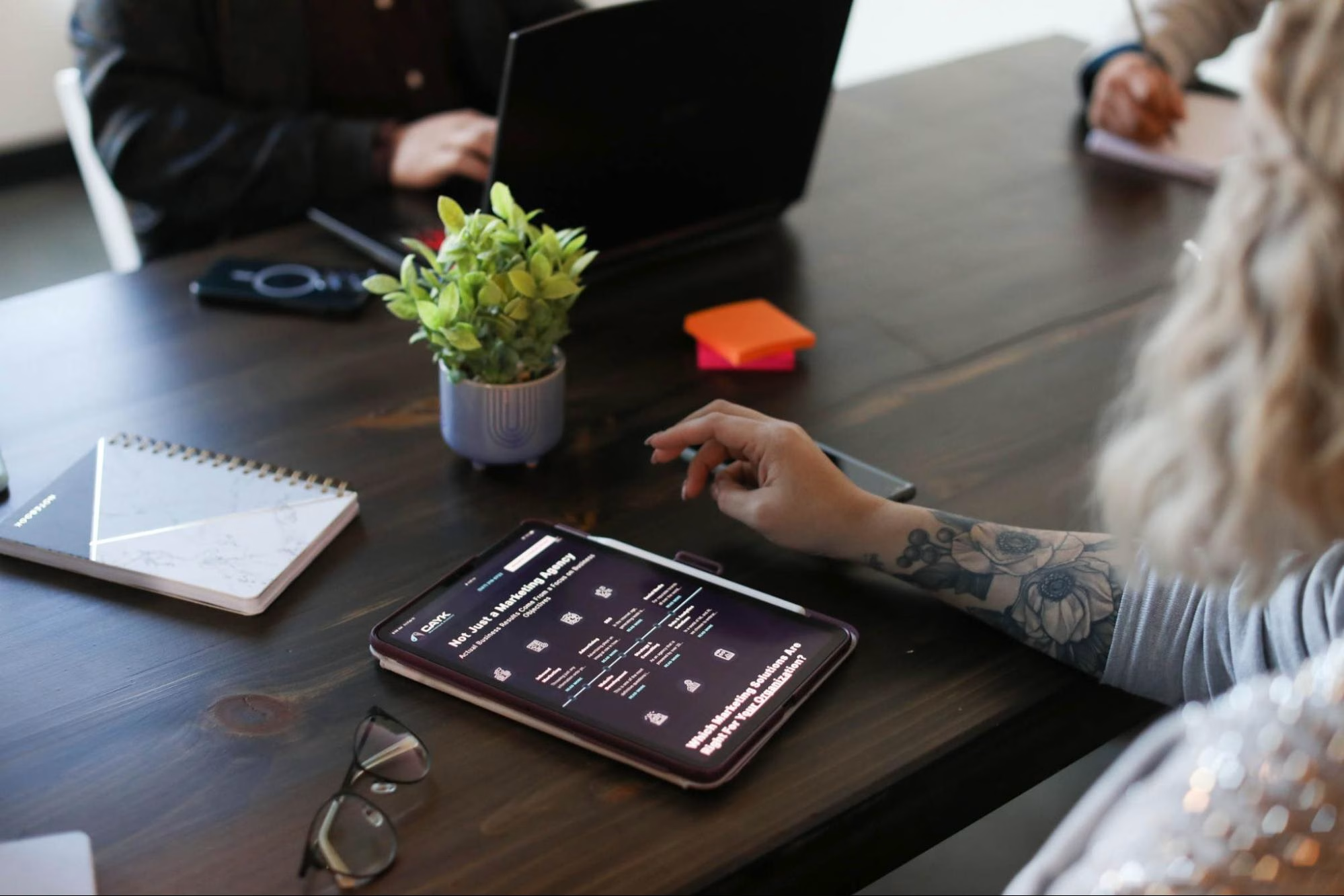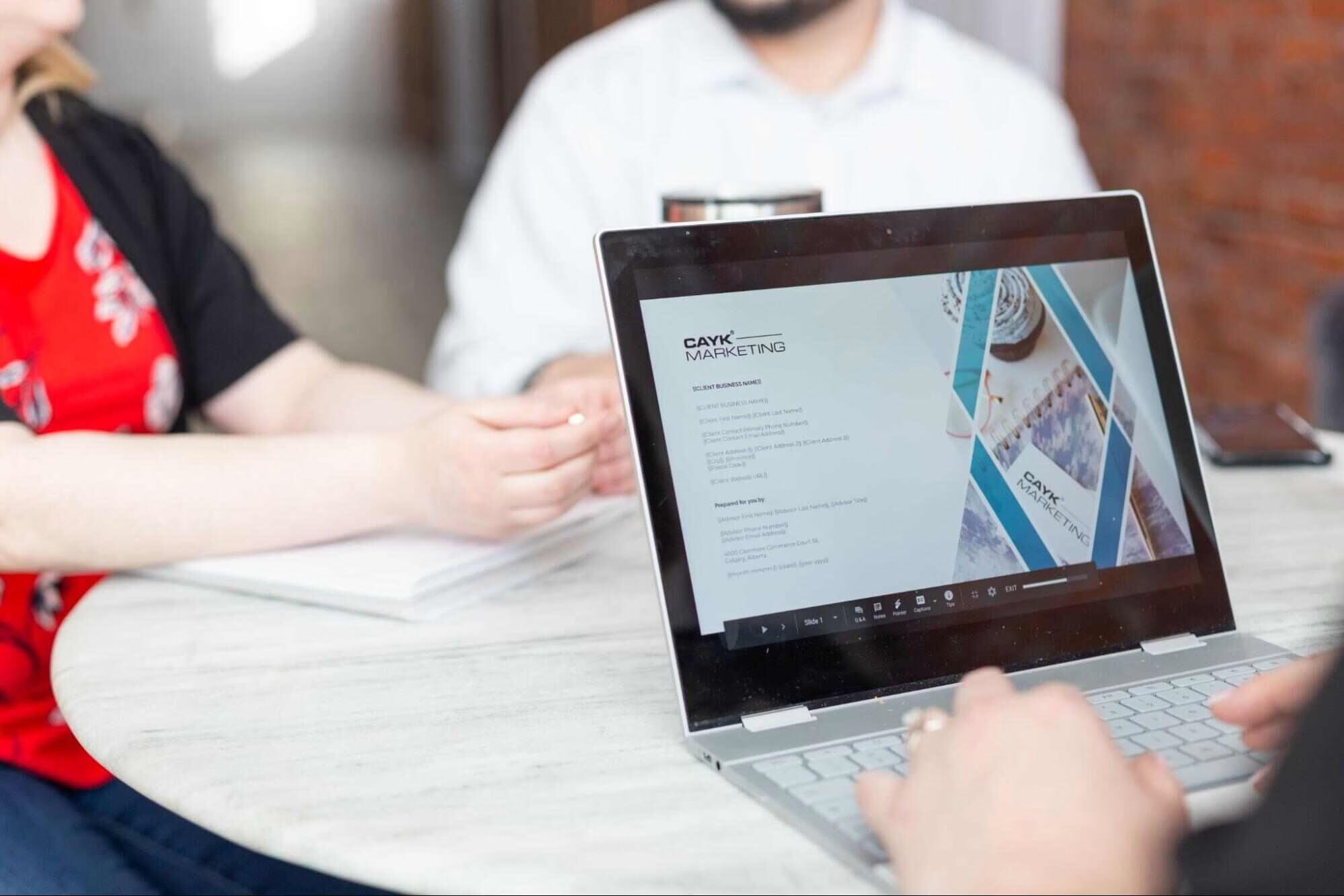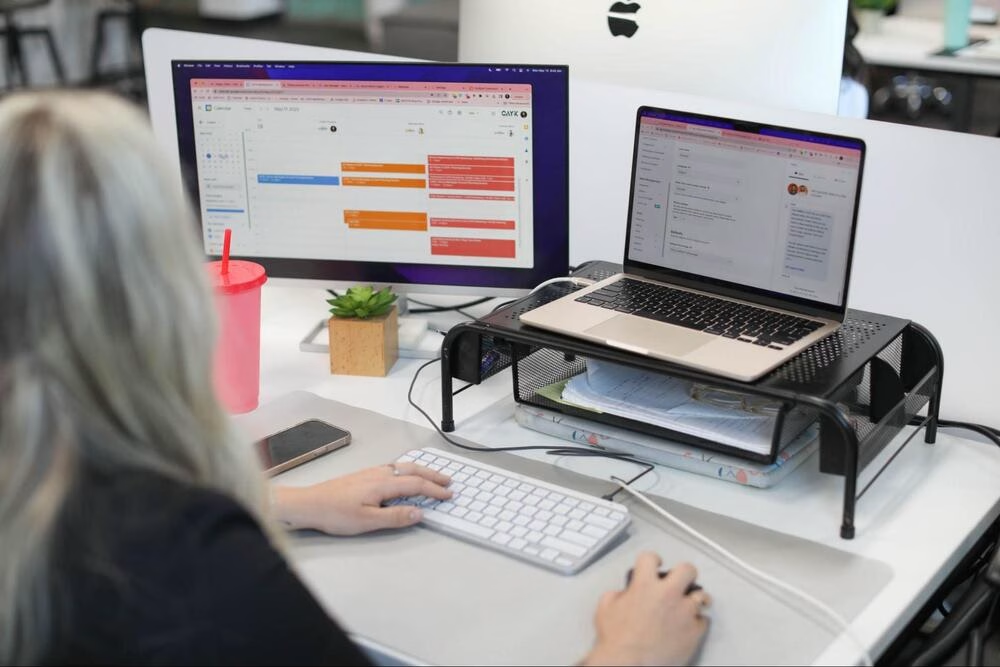Summer campaigns move fast, and if you’re not tracking results with precision, you’re making marketing decisions blindfolded. Businesses that succeed during the summer rush don’t guess which ads are working or hope their audience is converting. They use analytics tools to measure performance in real-time and make smart, strategic adjustments that maximize return on investment.
Tracking your summer marketing success isn’t optional. It’s the difference between scaling profitably and wasting opportunity. Scroll below to learn exactly how smart brands monitor, measure, and optimize their summer campaigns using data, not wishful thinking.
Key Metrics to Track for Evaluating Summer Campaigns
Not every metric tells the full story. Vanity metrics like impressions might look impressive, but they don’t necessarily drive revenue. Businesses serious about summer success focus on a core set of actionable performance indicators.
Traffic Metrics: Are You Driving the Right Visitors?
Website traffic matters, but quality matters more than volume. Key traffic indicators to watch:
- Unique visitors: How many first-time users are you attracting?
- Source/medium: Where is your summer traffic coming from (social, email, paid ads, organic search)?
- Bounce rate: Are users landing on your pages and immediately leaving?
High-quality summer campaigns don’t just generate clicks—they generate engaged visitors who stay, explore, and convert.
Engagement Metrics: Is Your Audience Paying Attention?
Driving traffic is only part of the battle. Once visitors arrive, engagement metrics reveal how compelling your content really is:
- Average session duration: How long do visitors stay?
- Pages per session: Are they clicking deeper into your site?
- Social media engagement: Are users liking, commenting, sharing, and saving your summer content?
Strong engagement signals that your messaging resonates—and that you’re moving buyers closer to action.
Conversion Metrics: Are You Actually Closing Sales?
Ultimately, the real metric that matters is conversion. Key indicators include:
- Conversion rate: What percentage of visitors complete your desired actions (purchase, lead form, download)?
- Cost per acquisition (CPA): How much are you spending to land each customer?
- Return on ad spend (ROAS): For paid campaigns, how much revenue are you generating compared to spending?
Summer marketing success isn’t measured by reach or impressions. It’s measured by closed deals and profitable customer acquisition.
Essential Tools for Analyzing Digital Campaign Performance
Data without analysis is just noise. Smart brands leverage powerful tools to transform numbers into actionable insights.
Google Analytics: Your Command Center
Google Analytics remains a powerhouse for understanding summer campaign performance. With it, you can:
- Track real-time traffic spikes linked to campaigns.
- Analyze source/medium breakdowns to see where your best traffic originates.
- Set up goals and events to measure conversions (e.g., form submissions, purchases)
- Monitor user behaviour flows to optimize landing pages and conversion funnels.
Setting up UTM parameters on summer-specific campaigns gives you even sharper insight into which ads, posts, or email links are actually driving results.
Social Media Insights: Platform-Specific Goldmines
Each social platform offers built-in analytics tools—if you know where to look:
- Facebook Ads Manager gives detailed metrics on ad reach, engagement, and conversions.
- Instagram Insights shows story views, profile visits, and audience demographics.
- TikTok Analytics offers engagement rates, video views, and audience retention times.
Analyzing these platform insights alongside Google Analytics helps you map the full customer journey from ad click to website action.
CRM and Marketing Automation Tools
Tools like HubSpot, Salesforce, or Klaviyo add another layer of tracking by tying engagement directly to lead status, email opens, pipeline movement, and closed revenue.
When CRM data connects with campaign analytics, you don’t just know how many people clicked, but now you know how many became real customers.
How to Adjust Mid-Campaign Based on Real-Time Data
Winning brands don’t wait until August to review summer performance. They monitor, analyze, and pivot continuously during the campaign.
Identify Underperforming Assets Quickly
Real-time monitoring allows you to catch problems before they sink your campaign:
- High bounce rates on landing pages? Redesign or simplify immediately.
- Ads with low CTR (click-through rate)? Refresh headlines, images, and CTAs fast.
- Are social posts getting poor engagement? Test alternative content formats or posting times.
Rapid iterations based on real-time data keep your summer campaign optimized for maximum performance.
Double Down on What’s Working
Not every adjustment is a fix. Sometimes, mid-campaign data reveals unexpected winners:
- A certain ad creative or audience segment may be outperforming projections.
- A flash sale promoted through Stories could drive unexpected conversion spikes.
Smart brands reallocate budget midstream, scaling spending toward top-performing assets while cutting losses quickly on underperformers.
Use A/B Testing to Stay Agile
Static campaigns get stale fast. Split testing allows you to validate adjustments with data:
- Test different CTAs on paid ads.
- Compare carousel posts to short-form video ads.
- Experiment with alternate landing page layouts.
Continuous testing ensures you’re not guessing about what could work better, but you’re proving it live during the campaign.
Beyond Metrics: Building a Smarter Summer Strategy
Analytics do more than report on past performance. They teach you how to build better strategies moving forward.
Review summer metrics to refine:
- Audience segmentation strategies for fall and holiday campaigns.
- Offer positioning for different demographics.
- Content formats and messaging styles that drive the highest ROI.
Smart businesses use summer data to sharpen every campaign that follows.
In 2025, marketing leaders won’t talk about “gut feeling” success. They’ll have dashboards filled with real numbers, showing exactly how they captured and grew their audience when it mattered most.
In Summer, Data-Driven Brands Win
Summer is short. Attention spans are shorter. The brands that win aren’t guessing, hoping, or waiting, but instead, they are tracking, testing, and optimizing every hour their campaigns are live. Traffic, engagement, and conversions aren’t random. They are measurable, predictable, and, if you work smart, highly scalable. At CAYK Marketing, we don’t build campaigns around opinions. We build them around data. Contact our experienced team today to begin launching a summer strategy that doesn’t just look good, but delivers measurable results.
How useful was this post?
Click on a star to rate it!
Average rating 0 / 5. Vote count: 0
No votes so far! Be the first to rate this post.










